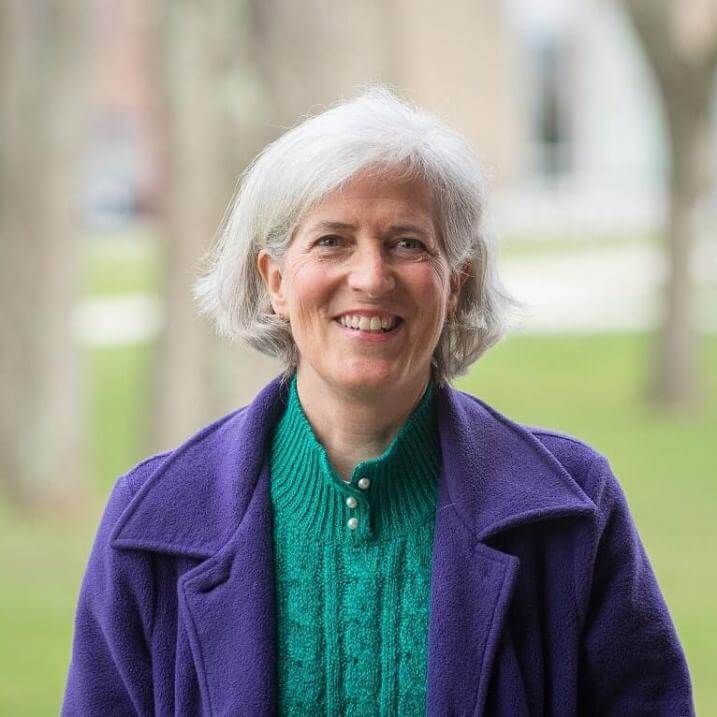BIO
Donna's research focuses on the development of new computational tools to improve the understanding of human-induced changes on natural systems and the way we make decisions about natural resources. In 1995, she co-founded a small Vermont business to help speed the diffusion of research and new technologies into environmental practice. Since joining UVM in fall 2002, she has worked on a number of computational approaches to multi-scale environmental problems, including using artificial neural networks to 1) develop maps of discrete spatially-distributed fields (e.g., log-hydraulic conductivity and soil lithology), 2) predict local disease risk indicators from multi-scale weather, land and crop data, 3) image and analyze the parameter structure of subcutaneous connective tissue in humans, 4) predict the shrink/swell of soils and 4) develop a watershed classification system using hierarchical artificial neural networks for diagnosing watershed impairment at multiple scales.
Area(s) of expertise
Environmental, Water Resources, Environmental & Public Health, Geotechnical & Geoenvironmental, Sustainability & Energy, Infrastructure Systems, Climate Change & Hazard Mitigation
Bio
Donna's research focuses on the development of new computational tools to improve the understanding of human-induced changes on natural systems and the way we make decisions about natural resources. In 1995, she co-founded a small Vermont business to help speed the diffusion of research and new technologies into environmental practice. Since joining UVM in fall 2002, she has worked on a number of computational approaches to multi-scale environmental problems, including using artificial neural networks to 1) develop maps of discrete spatially-distributed fields (e.g., log-hydraulic conductivity and soil lithology), 2) predict local disease risk indicators from multi-scale weather, land and crop data, 3) image and analyze the parameter structure of subcutaneous connective tissue in humans, 4) predict the shrink/swell of soils and 4) develop a watershed classification system using hierarchical artificial neural networks for diagnosing watershed impairment at multiple scales.
Areas of Expertise
Environmental, Water Resources, Environmental & Public Health, Geotechnical & Geoenvironmental, Sustainability & Energy, Infrastructure Systems, Climate Change & Hazard Mitigation
